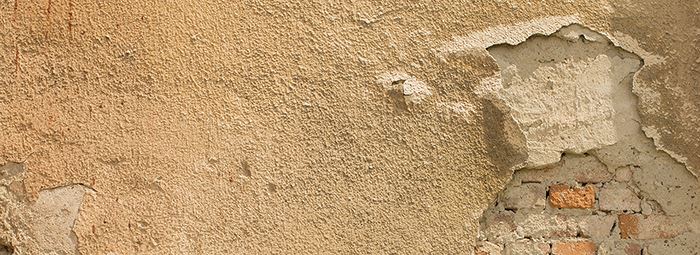
©2024 This excerpt taken from the article of the same name which appeared in ASHRAE Journal, vol. 66, no. 4, April 2024.
About the Author
Gökhan Kahraman and Erdem Isik are associate professors in the Department of Mechanical Engineering at Munzur University, Tunceli, Turkey.
A study calculated the response of insulation of different thicknesses applied in two different wall types to minimize condensation in a building in four different heat zones in Turkey. The aim was to determine more clearly in which cases the building is protected from moisture damage and the extent to which thermal comfort is provided.
Condensation is an important phenomenon to be avoided in building elements. If the water vapor moving from the high-pressure indoor environment to the low-pressure outdoor environment in the winter in the buildings falls below the saturation temperature at any point of the wall component, condensation occurs. Condensation in the building components increases the heat transfer coefficients of the materials and decreases thermal resistance. In addition, it reduces thermal comfort by shortening the life of building materials.1 Considering the increasing national and global energy demands and the limited supply of natural resources such as gas, oil and coal, energy efficiency will continue to be an important issue in many sectors of society. Therefore, significant steps have been taken to evaluate the thermal performance of buildings.2
Type and thickness of insulation applied in buildings are important in saving energy.3 However, condensation should also be considered. Depending on the resistance of the building materials to the passage of water vapor and the changes in water vapor from a gaseous to liquid state—or, in other words, if water condenses inside the building’s walls—the building's lifetime will decrease significantly due to excessive humidity, and comfort conditions will also be negatively affected.4 Many studies have been previously conducted on condensation.5-8
Read the Full Article
ASHRAE Members have free access to the full-text PDF of this article as well as the complete ASHRAE Journal archives back to 1997 in the Free Member Access Area.
Non-members can purchase features from the ASHRAE Bookstore. Or, Join ASHRAE!
Return to Featured Article Excerpts
Return to ASHRAE Journal Featured Article Excerpts